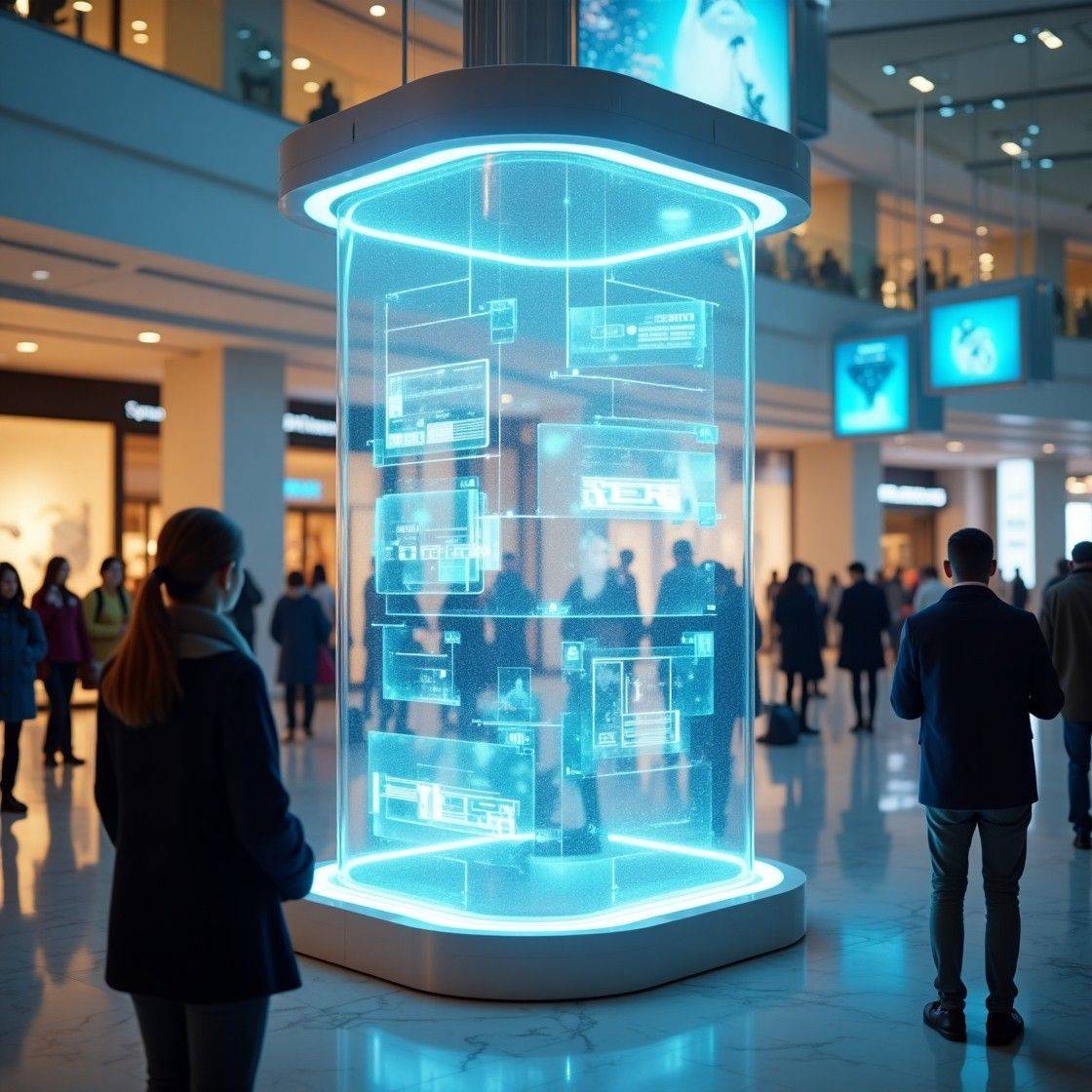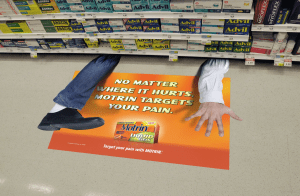Imagine captivating your audience with eye-catching 3D visuals that hover in mid-air, creating an unforgettable brand experience. Sounds futuristic? With holographic projection, this future is now. In an age where consumers are constantly bombarded with advertisements, traditional marketing methods often struggle to break through the noise. Could holographic technology be the key to cutting through the clutter and delivering an immersive, attention-grabbing experience?
In this blog, we’ll explore how holographic projection is revolutionizing advertising, its potential for use in high-traffic areas like malls, and real-world applications in industries such as healthcare and movies.
The Power of Holographic Projection in Advertising
Holographic projection technology creates a unique and immersive way to engage with consumers. Unlike static billboards or digital screens, holograms create a 3D visual experience that appears to float in mid-air, drawing attention from passersby and enhancing brand recall.
Why Malls Are the Perfect Setting for Holographic Ads
Shopping malls provide a dynamic environment where brands can leverage holographic projection to engage shoppers in a visually striking manner. Malls are bustling with foot traffic, offering the ideal backdrop to:
holographic projection to engage shoppers in a visually striking manner. Malls are bustling with foot traffic, offering the ideal backdrop to:
Capture consumer attention: Shoppers are more likely to stop and engage with a 3D ad that stands out from traditional displays.
Encourage interaction: Holograms can be designed with interactive elements, allowing customers to explore products in a fun and innovative way.
Enhance brand perception: The cutting-edge nature of holographic advertising associates your brand with innovation and exclusivity.
The Right Environment for Maximum Impact
Holographic projection thrives in controlled environments where lighting conditions and audience demographics align with campaign goals. Prime locations include:
Shopping malls – High foot traffic and dwell times offer ample opportunity for engagement.
Trade shows and exhibitions – Make your booth the highlight with eye-catching 3D product displays.
Healthcare facilities – Educate and inform patients in waiting rooms with interactive health campaigns.
Movie theaters – Build excitement by showcasing film trailers in an engaging and futuristic format.
Real-World Applications: Healthcare and Movie Industry Use Cases
Healthcare: Revolutionizing Patient Engagement
The healthcare industry is increasingly turning to holographic projection to enhance patient experiences and improve communication.
Example Use Case: Interactive Patient Education
A major pharmaceutical company implemented holographic displays in hospitals to provide 3D visual explanations of complex medical procedures. Patients could view detailed holographic models of treatments, leading to:
1. Improved patient understanding and compliance.
2. A 40% increase in engagement with healthcare information.
3. Better brand trust through innovative educational outreach.
Movies: Bringing Entertainment to Life
The movie industry thrives on immersive experiences, making holographic projection an ideal fit for promotion.
Example Use Case: 3D Film Trailers in Theaters
A leading film studio used holographic displays in mall theaters to showcase immersive 3D trailers for an upcoming blockbuster. The campaign achieved:
1. A 60% rise in social media mentions and shares.
2. Higher pre-booked ticket sales due to the engaging experience.
3. Greater word-of-mouth buzz generated by the unique visual appeal.
FAQ: Addressing Common Questions About Holographic Projection
1. How does holographic projection work?
Holographic projection uses advanced light diffraction technology to create 3D visuals that appear to float in space without the need for special glasses.
2. What are the costs involved in holographic advertising?
The cost can vary depending on factors such as display size, location, and duration. While initially higher than traditional ads, the engagement rates often justify the investment.
3. Are holographic projections effective for small businesses?
Yes! Holographic ads can be scaled to fit different budgets, making them a feasible option for small businesses looking to make a big impact.
4. Can holographic ads be interactive?
Absolutely! Brands can incorporate touchless interactivity, allowing consumers to navigate content with gestures or voice commands.
5. What types of content can be displayed using holographic projectors?
From product showcases and brand storytelling to animated logos and educational content—holographic projectors offer diverse possibilities.








